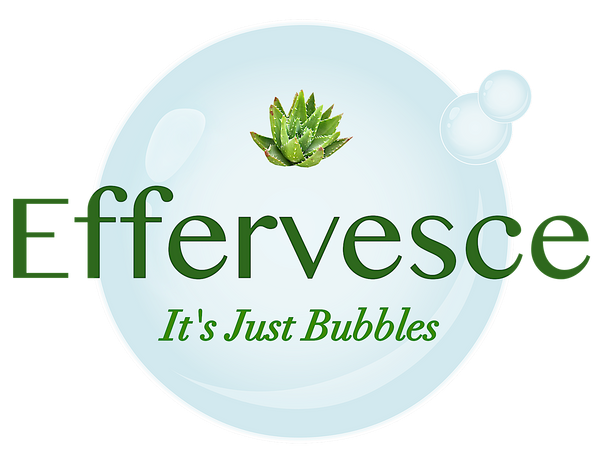What goes ON TO your body absorbs INTO your body.
Soap:
Are you still using a generic soap from big-brands such as Dove or Irish Spring? Would you know what the ingredients are even if they told you? The vast majority of people say no.
Most soaps are jam packed with synthetic, lab engineered chemicals made to make the most profit at the expense of our bodies. We are constantly bombarding our immune system with these unnatural chemicals.

You will commonly see the word tallow in soap ingredient lists in various forms such as ‘Tallowate’ or ‘Hydrogenated Tallow Acid’ etc. Tallow is simply boiled animal fat (usually cow). For many, the thought alone of cleansing yourself with cow fat is enough to gross someone out. Why would they include that? Well, to make soap, a fatty acid such as fat or oil and an alkaline (lye) made from wood ash is combined to create the familiar salt that we call soap. The true question is why THAT fat? From the beginning of soap making history it was simply how the job was done in 3000 bc by the Ancient Mesopatamians. It wasn’t until the Middle Ages that plant oils made their soap debut. Even still, soap was quite repulsive and mostly used to clean linens. Finally, due to shortages caused by WWI and WWII scientists developed synthetic, lab engineered alternatives that mimic Earth’s natural fats and produce a much stronger cleanse at a very cheap cost. Introducing... SLS.

The first ingredient after water in your toothpaste, dish, laundry, body, face, hair, or hand soap is most commonly Sodium Lauryl Sulfate. It’s even in the cosmetics that claim to be plant based and safe. The question is what do we consider safe? SLS is the cheapest synthetic (made by chemical synthesis, especially to imitate a natural product) surfactant (reduces surface tension by forming bubbles) out there and the easiest way to form suds. It is known to be the harshest surfactant option when applied topically for a prolonged time as it can irritate the skin, scalp, or eyes, not to mention its animal tested and manufactured using Earth’s enemy, petroleum.
Nowadays, when we see bubbles, we think clean! The more bubbles, the more clean. But in reality, bubbles do not correlate at all with the strength of a cleanser. All bubbles do is show how hydrophilic (attracted to water) and hydrophobic (not attracted to water) the solution is. A bubble is a thin film of the soap solution trapping air inside. That is all.
The cosmetic industry takes advantage of this mentality we’ve grown accustomed to and sells us a solution of water with super harsh synthetic bubbles and call it safe… as long as you quickly wash it off.
SLS is NOT needed in a soap recipe because soap is a natural surfactant formed by oils saponifying (turning into soap).

